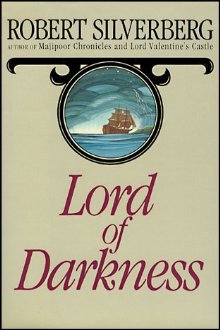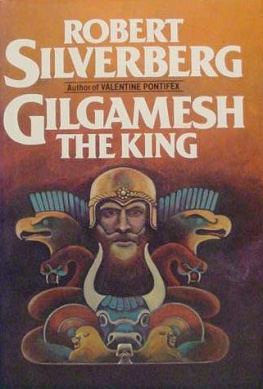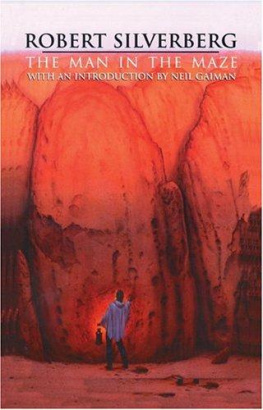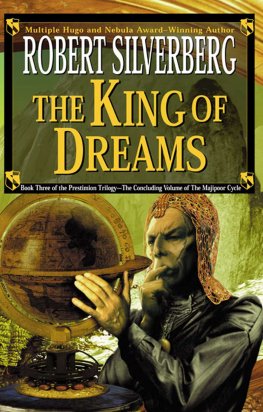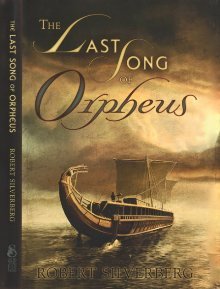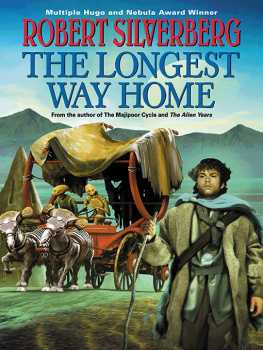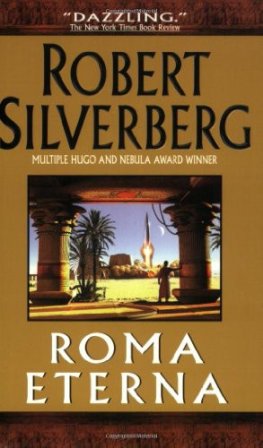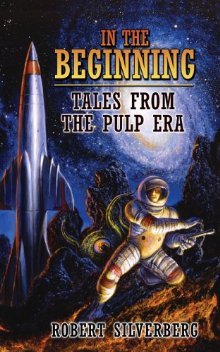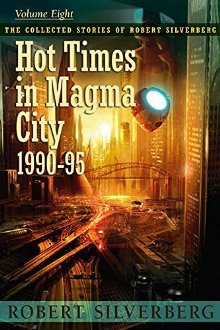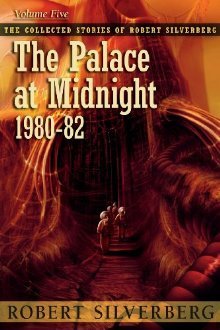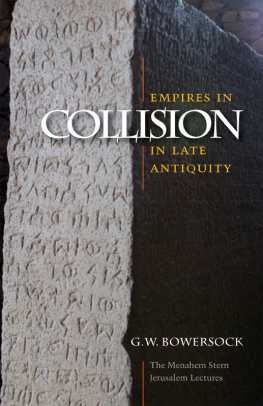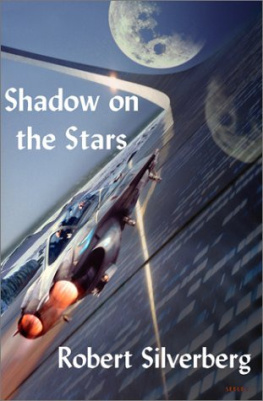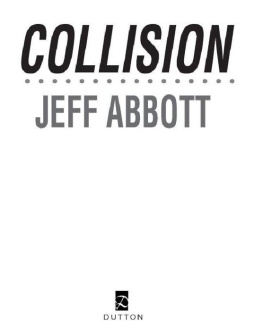Robert Silverberg - Collision Course
Here you can read online Robert Silverberg - Collision Course full text of the book (entire story) in english for free. Download pdf and epub, get meaning, cover and reviews about this ebook. year: 1961, publisher: Ace Books, genre: Science fiction. Description of the work, (preface) as well as reviews are available. Best literature library LitArk.com created for fans of good reading and offers a wide selection of genres:
Romance novel
Science fiction
Adventure
Detective
Science
History
Home and family
Prose
Art
Politics
Computer
Non-fiction
Religion
Business
Children
Humor
Choose a favorite category and find really read worthwhile books. Enjoy immersion in the world of imagination, feel the emotions of the characters or learn something new for yourself, make an fascinating discovery.

- Book:Collision Course
- Author:
- Publisher:Ace Books
- Genre:
- Year:1961
- Rating:4 / 5
- Favourites:Add to favourites
- Your mark:
- 80
- 1
- 2
- 3
- 4
- 5
Collision Course: summary, description and annotation
We offer to read an annotation, description, summary or preface (depends on what the author of the book "Collision Course" wrote himself). If you haven't found the necessary information about the book — write in the comments, we will try to find it.
Collision Course — read online for free the complete book (whole text) full work
Below is the text of the book, divided by pages. System saving the place of the last page read, allows you to conveniently read the book "Collision Course" online for free, without having to search again every time where you left off. Put a bookmark, and you can go to the page where you finished reading at any time.
Font size:
Interval:
Bookmark:
Collision Course
by Robert Silverberg
ONE
Only a month before, the Technarch McKenzie had calmly sent five men to probable death in the name of Terran progress. But now, it seemed, those five men had not really died after all, and McKenzies normally rock-hard face reflected inner tension and the strain of anticipation.
The message, reaching him in the Archonate Center, had been brief to the point of curtness. Luna detection center reports return to this system of the XV-ftl. Landing at Central Australia spaceport requested for 1200 hours EST.
The Technarch read the message through twice, nodding, even permitting himself the luxury of a slow smile. So they were back, were they? After a successful trip? By the Hammer, he thought, well see men in the far galaxies yet! And in my Archonate, heaven willing!
His nature was too stern to allow him more than a moment of gloating pride. He had gambled; he had won; and perhaps his name would ring in the galleries of history for millennia. No matter about that, though. The experimental faster-than-light ship was returning safely. It behooved him, as Terras Technarch, to be present at the landing.
He depressed a communicator stud. Set up a transmat connection to the Central Australia spaceport right away, Naylor. Immediate departure.
At once, Excellency.
McKenzie stared for a moment at the big, thick fingers of his hands as they lay before him on the desk. Hands like those could never wire a circuit, wield a surgeons excising vibro-knife, or tune the fine controls on a thermonuclear generator. But they were hands that could choke the life from a man, and they were hands that could write, If we remain bound forever to the limiting velocity of light, we will be as snails seeking to cross a continent. We must not be lulled into complacency by the slow expansion of our colonial empire. We must surge ever outward; and the faster-than-light spacedrive must be the be-all and end-all of our research effort.
He had written those words fifteen years earlier, in 2765, and delivered them as his first public address after his accession to the Archonate.
And, fifteen years later, a ship had gone to the stars and returned in less than a month. Perhaps. There was always the chance that they had traveled no farther than the orbit of Pluto, broken down and limped back home. He would find out soon enough.
Rising, McKenzie traversed the gleaming marble floor of his private chambera shameful extravagance, he had always thought in his dour way, but the chamber had not been designed with his tastes in mindand passed through the irising sphincter into his transmat cubicle.
Naylor waited there, an obsequious little man in the stiff black robe of the Technarchs personal staff. The coordinates are set, Excellency.
Have you been through it?
Of course, Excellency. I have tested it twice.
Good enough. Leave the field open for my return.
McKenzie stepped forward. The lambent green transmat field pulsed up from the floor aperture, forming a curtain dividing the cubicle in two. The hidden power generators of the transmat were linked directly to the main generator that spun endlessly on its poles somewhere beneath the Atlantic, condensing the theta force that made transmat travel possible. McKenzie did not bother to check the coordinates Naylor had set. Call it an act of faith; the Technarch was supremely confident that no one schemed his assassination. A minor abscissa distortion, and the Technarchs atoms would be scattered to the cold winds. He stepped into the glow of green without stopping to examine the coordinates.
There was no sensation. The Technarch McKenzie was destroyed, a stream of tagged wavicles was hurled halfway across a world, and the Technarch McKenzie was reconstituted. If the moment of destruction had been longer, the pain would have been unbearable. But the transmat field ripped the Technarchs body molecule from molecule in so tiny a fragment of a micro-second that his neural system could not possibly have relayed the pain; and the restoration to life came with equal speed. Whole and undamaged, McKenzie stepped through the field and out, almost instantly later, in the transmat cubicle at Central Australia spaceport, in what once had been the barren Gibson Desert and which now harbored Earths largest spacefield.
It had been shortly before noon in New York; here, it was early the following morning. A wall clock read 0213 hours. McKenzie left the transmat cubicle.
They spotted him at once; the Technarchs toweringly commanding figure was a familiar sight here, and they came running to greet him. They were a tense lot. McKenzie smiled a Technarchs greeting at Daviot and Leeson, who had developed the warp-drive that powered the experimental ship; at Herbig, the spaceport commandant; at Jesperson, the coordinator of faster-than-light research.
McKenzie asked, Whats the news from the ship?
Jesperson grinned boyishly. They sent the all-okay signal five minutes ago. Theyre in a deceleration orbit, coming down on rocket drive, and theyll make touchdown at 0233 hours.
How about their trip?
Leeson said in his rumbling basso, It seems they made it out and back.
We dont know that for sure, Daviot objected.
McKenzie scowled. Make up your minds.
Daviot said, All we know is that they quote switched from warp-drive to plasma-drive some time last evening near the orbit of Jupiter, unquote.
Doesnt that mean that the warp-drive was a success? Leeson demanded.
All it means, said Daviot pedantically, is that they succeeded in converting from one kind of drive to another. It doesnt mean that the warp-drive necessarily took them anywhere.
No, but
All right, quiet! Jesperson said, as if detecting the growing annoyance on the Technarchs face. Well find out the story in twenty minutes.
But the Technarch wanted to know Daviot began, and let the sentence come to a dying fall.
McKenzie turned away. They were near the roof of a great transparent dome that covered hundreds of acres. Outside, on the spacefield, the temperature was stifling even now, in the mornings small hours. Within, silent conditioners maintained a more livable climate.
The Technarch looked up and out. The clear desert air, utterly transparent, yielded a magnificent view of the heavens. Stars speckled the black sky like gleaming jewels; above, the full moon cast its brightness over the field. Men raced busily over the fields seared surface, readying it for the ship that was plunging down toward Australia from the sky.
McKenzie felt a constriction in his throat, another in the pit of his stomach. It irritated him to be so tense, but no stern command could relax him.
In twenty minutesnineteeneighteenthe XV-ftl would be returning.
He looked at the stars. Hundreds, thousands of them, sprinkled across the sky. Every star within a radius of four hundred light-years that bore a habitable planetand that was most of themhad been reached by humanity. For centuries now, ships traveling at nine-tenths of the speed of light had coursed outward to the stars, prisoned by the limiting velocity but still capable of eating up the parsecs, given enough time. It had taken six years to make the first one-way trip to the Centauri system; the return, via transmat, was all but instantaneous.
But you had to reach the stars before you could plant the transmat pickup there, and that was the stumbling-block. Ever outward, by little hops, the empire of Man expanded but always hampered by the inexorable mathematical limits of the known universe. Once a planet could be reached and linked in the interstellar transmat network, it was as close to Earth as any other point within the network. The transmat gave infinite connectivityonce the link had been established. But until then
Font size:
Interval:
Bookmark:
Similar books «Collision Course»
Look at similar books to Collision Course. We have selected literature similar in name and meaning in the hope of providing readers with more options to find new, interesting, not yet read works.
Discussion, reviews of the book Collision Course and just readers' own opinions. Leave your comments, write what you think about the work, its meaning or the main characters. Specify what exactly you liked and what you didn't like, and why you think so.

